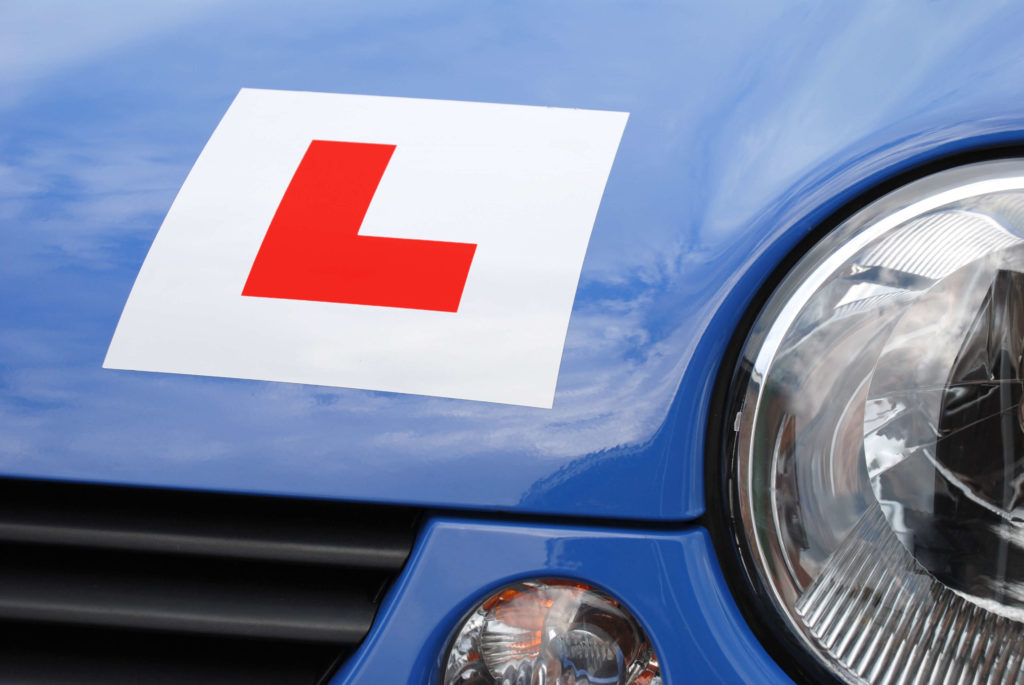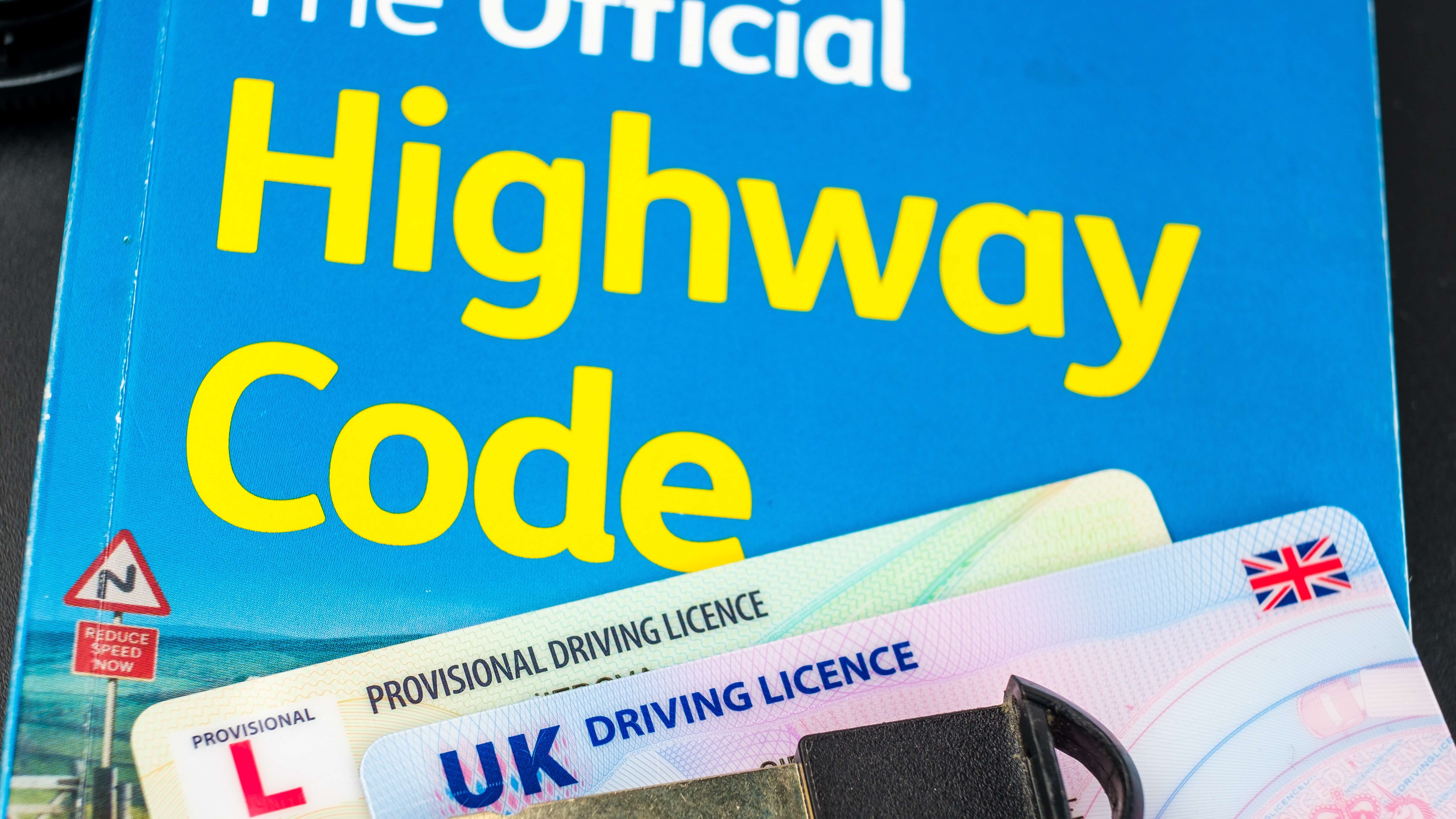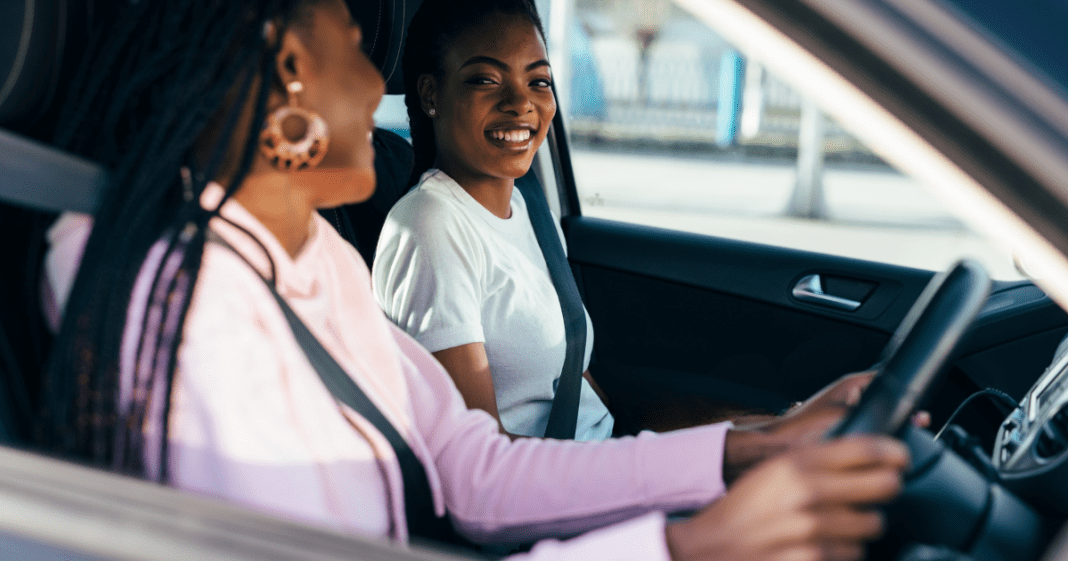Last Updated on March 20, 2025
Supervising a learner driver is a crucial responsibility that can greatly impact their driving skills and confidence. The DVSA also actively encourage private practice outside of driving lessons. While driving lessons with an instructor can be seen as essential, private practice with a supervising passenger allows learners to gain additional experience in real-world conditions. Parents, guardians, or family members who supervise must ensure they meet legal requirements, follow safety guidelines, and provide constructive feedback to support the learner’s progress.
In this guide, we’ll cover everything you need to know about supervising a learner driver, including legal requirements, car insurance considerations, planning effective practice sessions, and offering useful feedback.
Check your eligibility to supervise a learner driver
First of all you want to ensure you’re legally qualified to supervise a learner driver. You can supervise a friend or family member if:
- You’re at least 21 years old
- You’re licenced to drive the same type of vehicle the learner is driver (e.g. if they’re learning in a manual, you must have a manual licence)
- You’ve held a full licence for at least 3 years from the UK, EU, Switzerland, Norway, Iceland or Liechtenstein
If you’re unsure whether you meet these criteria, check your driving licence details on the GOV.UK website to confirm.
It is deemed illegal to accept payment, including money for fuel, if you’re supervising a learner driver.
What knowledge do I need to be able to supervise?
You must have full knowledge of The Highway Code, and be able to apply the rules in order to supervise a learner driver. The code is updated regularly, so make sure you check often for any recent updates. It’s also useful to refresh your understanding of road signs, speed limits, and common driving mistakes that learners struggle with. Knowing these will help you provide better guidance.
To stay up to date, all learner drivers receive free access to the premium version of RoadHow, which includes the latest version of The Highway Code.
Ensure the Vehicle is Suitable for a Learner Driver
Learner drivers can practise driving in any make or model of car, however the car must:
- Be fitted with L plates (or D plates in Wales) – the plates must be fitted to both front and back
- Be taxed
- Have a valid MOT (if required)
- Be safe to drive – this is an ideal opportunity to work with the learner to check before each practice session
- Be registered with DVLA
It’s also important to check that all mirrors provide good visibility for the learner driver. Some supervisors find it helpful to use additional rear-view mirrors to observe the road.

Do You Need Insurance to Supervise a Learner Driver?
Yes! A learner must be properly insured before they can drive. There are a few options:
- The learner driver can be added to the vehicle owner’s insurance as a named driver
- The learner can purchase their own learner driver insurance
Driving without insurance can result in fines, penalty points, or even a driving ban, so this step is essential.
Purchase car insurance to cover the learner driver
When practising learning to drive, the learner can be added to the vehicle owners insurance as a ‘named driver’. It is important to remember however that your no claims bonus could be affected if the worst was to happen and you need to claim.
Alternatively, you could purchase insurance to cover the learner driver in your car. With Collingwood learner driver insurance, your no claims bonus is protected if the learner driver had a bump.
There is also the option that the learner could purchase provisional licence insurance on their own car. To do this, the learner must be the registered keeper. An annual learner driver insurance policy with Collingwood can also provide a learner driver with the opportunity to earn a no claims bonus.
Great news! If the learner driver would also like to take driving lessons with a qualified instructor in their own car, Collingwood learner driver insurance covers them for this.
A learner driving without insurance can receive an unlimited fine, a driving ban and up to 8 penalty points.
Plan Your Private Practice Sessions
If the learner is taking lessons with a driving instructor, let them know that you’ll also be supervising. The instructor may provide guidance on what skills or manoeuvres to focus on.
It’s helpful to:
Practise in different conditions: Drive in daylight, at night, and in various weather conditions
Map out routes in advance: Start with quieter roads before progressing to complex traffic situations
Track progress: Keep a record of each session to monitor skills and identify areas for improvement
Where and When Can a Learner Driver Practise?
The right location is key to effective learning. Discuss the best places with your learner, considering:
- Residential streets for basic control
- Dual carriageways for higher-speed practice
- Roundabouts and junctions for hazard perception
Remember, when you’re on a practice session you must never drive on a motorway. Learners can only practise motorways with an approved driving instructor in a dual control car.
Before your practice sessions
Check in with your learner driver before each practice session and consider rearranging if they’re perhaps tired or distracted. Likewise, if you’re not in the right frame of mind to supervise a learner driver it is always best to rearrange.
How can I supervise the learner as they practise driving?
Remember, as the full licence holder the car is you’re responsibility, even when it is the learner driver at the wheel.
There are also rules you must follow at all times as a supervising passenger. You must refrain from:
- Using a mobile phone, sat nav or tablet – using a device for any reason at all is illegal
- Drinking alcohol and supervising a learner driver, as your judgement can be seriously impaired. If your breath or blood alcohol is higher than the legal limit, you’re breaking the law, even as the passenger
- Supervising a learner driver if you’re under the influence of medicine or drugs, or if you have illegal drugs or certain medication in your blood and over a specified limit
- Going on motorways. Learners can only practise on a motorway with an approved driving instructor in a dual control car
Stay engaged on the drive, provide clear instructions, and remain calm to create a positive learning experience.

Can I supervise the learner driver with other passengers?
Other passengers can sit in the car while you’re supervising the practice session.
How to Communicate with a Learner Driver and Provide Feedback
It’s important to always look and think ahead when you are supervising. You will have a higher level of alertness and better judgement than a learner driver. You should always speak clearly and calmly to the learner driver and allow plenty of time when giving directions.
It’s also your responsibility to ensure the learner driver does not cause dangerous situations.
If the learner happens to make a mistake, refrain from shouting or getting angry. Instead you should pull over and discuss what happened calmly. If you can, let the learner know what they could have done different to possibly avoid the situation.
What should we do after the practice sessions?
You should have a de-brief with your learner, where you discuss what you think went well, and what you as a team could improve on.
After each lesson you could start to work on a plan of what the next lesson might look like and what route you could take.
The DVSA advise that “On average, it takes people 45 hours of driving lessons with a driving instructor and 22 hours of practice with family or friends to learn to drive.”
Get a Learner Insurance Quote with Collingwood
Conclusion
Private practice can be an essential part of helping a learner driver pass their practical driving test. When supervising a learner driver, this is a big responsibility, but with proper planning, patience, and clear guidance, you can help them become a confident and safe driver.
Once you’re familiar with the laws and you know your Highway Code, make sure the learner has sufficient insurance. Purchasing learner driver insurance is one option you have. Ensure you meet all legal requirements and plan practice sessions that complement their driving lessons. Most importantly, remain calm, offer encouragement, and reinforce good habits.
FAQs
A supervisor must be at least 21 years old, have held a full licence for 3+ years, and be qualified to drive the type of vehicle the learner is driving.
You must be at least 21 years old and meet all other legal requirements.
The learner must be insured, either through the vehicle owner’s insurance or with a learner driver insurance policy.
No, the supervisor must be in the front passenger seat at all times to provide guidance and ensure safety.
No. L plates (or D plates in Wales) are a legal requirement when a learner is driving.
They may receive penalty points, which will be added to their full licence when they pass. Six points within two years results in licence revocation.
Yes, but it’s best to start in clear conditions before progressing to rain, fog, or snow.









